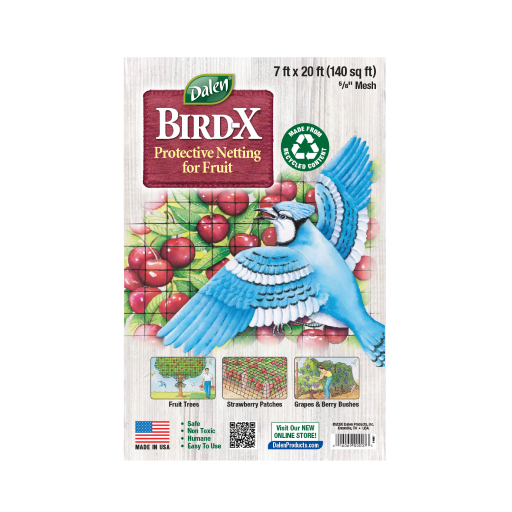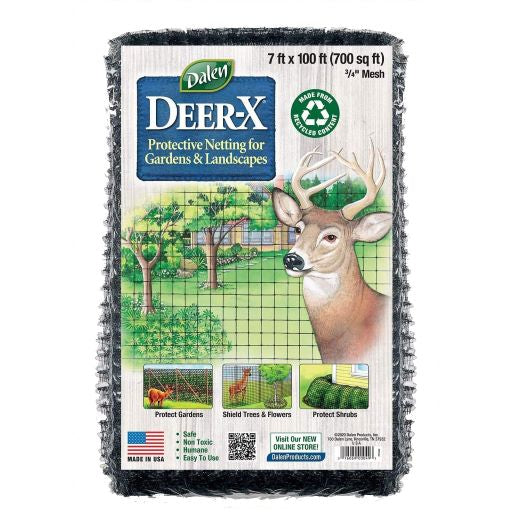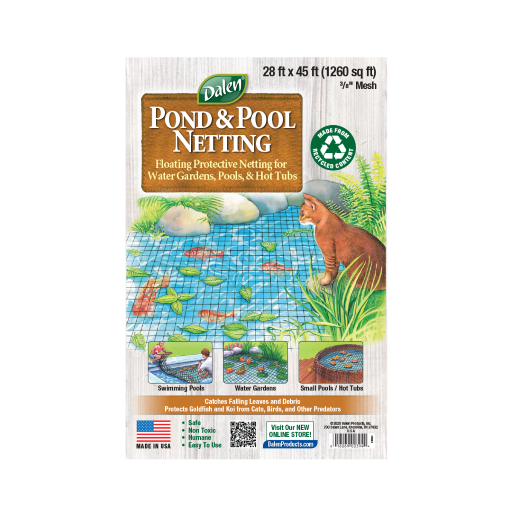
Microgreens are gaining popularity because of their excellent flavor and high nutritional value. Restaurant owners have used them for years, but home cooks are now jumping on the trend. So what is the meaning of microgreens, and what are microgreens used for? That's what we're here to answer! Read on to learn more about this wonder plant and how it can benefit your health.

Microgreens are young, delicious plants harvested shortly after developing their first set of true leaves. They are like supercharged versions of regular vegetables and herbs, packed with loads of nutrients and flavors. They come in various colors, textures, and tastes, ranging from spicy to sweet. You can think of them as tiny, nutrient-rich powerhouses that make a great addition to your meals!
Microgreens vs. Sprouts
Microgreens are different from sprouts. Sprouts are new-born herbs and vegetables, while microgreens have been given a bit more time to grow up. Even though microgreens are older than sprouts, they are still very young compared to fully grown herbs and vegetables.
Microgreens are highly nutritious, as they are harvested at an early stage when their nutrient concentration is at its peak. They're known to be rich in vitamins like A, C, and K and minerals like iron and potassium. Microgreens’ nutrition can vary depending on the specific plant variety.
Microgreens have emerged as a powerhouse of benefits thanks to their high nutritional content. These vibrant greens not only add a burst of flavor to your dishes but also pack a nutritional punch that can positively affect your health. Here are some key health benefits of microgreens.
 |
Microgreens Can Lower Blood PressureOne notable benefit of microgreens is their potential to reduce blood pressure. They're rich in potassium, which is known for its blood-pressure-regulating properties. Potassium helps balance sodium levels in the body, helping blood vessels relax and reducing the risk of hypertension. Incorporating a variety of microgreens into your diet is a delicious and effective way to support cardiovascular health. |
 |
Microgreens Might Help Fight CancerThe potential cancer-fighting properties of microgreens have attracted a lot of attention from researchers and health enthusiasts. Packed with antioxidants, vitamins, and minerals, these greens have properties that may help combat the development and progression of certain types of cancer. While more studies are needed, the early findings suggest that including microgreens in your diet could be a tasty strategy in the fight against cancer. |

|
Some Microgreens Can Help Lower CholesterolMicrogreens are a great option for those looking to manage cholesterol levels naturally. Certain varieties, like fenugreek and amaranth microgreens, have been associated with lowering cholesterol levels. These greens contain soluble fiber and plant sterols, which work together to reduce cholesterol absorption in the intestines. |
 |
Microgreens Can Support Gut HealthA healthy gut ecosystem is crucial for overall health, and microgreens can play a role in supporting digestion. Because they're rich in fiber and other nutrients, microgreens act as prebiotics, promoting the growth of beneficial bacteria in the gut. |
In addition to their health benefits, microgreens come in various flavors, textures, and colors to add dimension to your meals. Here are some of the different microgreen plant varieties that can elevate your culinary creations.
 |
Amaryllidaceae FamilyThe Amaryllidaceae Family includes microgreen plants with a distinct aromatic punch. Garlic, onion, and leek microgreens bring a savory and slightly spicy kick to dishes. They're perfect for enhancing the taste of soups, salads, and other culinary masterpieces. |
 |
Amaranthaceae FamilyMicrogreens such as amaranth, quinoa, Swiss chard, beet, and spinach give your dishes a range of flavors, from earthy to mildly sweet. They make a great addition to salads, wraps, and smoothies. |
 |
Apiaceae FamilyThe Apiaceae Family introduces microgreens that add a refreshing and herbal touch to your dishes. These include dill, carrot, fennel, and celery, known for their delicate flavors and aromatic profiles. |
 |
Asteraceae FamilyMicrogreens from the Asteraceae Family, including lettuce, endive, chicory, and radicchio, bring a crisp and mildly bitter taste to salads and sandwiches. They offer a tasty contrast in texture and flavor to add complexity to your favorite dishes. |
 |
Brassicaceae FamilyThe Brassicaceae Family boasts microgreens with a distinctive flavor. These include cauliflower, broccoli, cabbage, watercress, radish, and arugula. Whether tossed in salads or used as a flavorful garnish, these greens add a zesty and nutritious element to your meal. |
 |
Cucurbitaceae FamilyMicrogreens from the Cucurbitaceae Family, such as melon, cucumber, and squash, add a refreshing and subtly sweet note to dishes. They're perfect for adding a touch of brightness to salads and wraps. |
 |
More MicrogreensThere are other microgreen plants that don't fit in a specific family, such as chives, bean sprouts, chickpeas, lentils, peas, and herbs. These all bring their own unique flavors that add delicious nutrition to your meals. |
Microgreen seeds are fun and easy to plant and grow. Here's how to do it.
| 1 | Find a shallow tray or container with small holes at the bottom for drainage. |
| 2 | Fill the container with special soil or a seed-starting mix that you can find at a garden store. |
| 3 | Dampen the soil gently with water before planting the seeds. |
| 4 | Sprinkle the seeds evenly across the soil's surface, making sure not to overcrowd them. |
| 5 | Gently press the seeds into the soil and cover them with a thin layer of soil or vermiculite. Think of it as tucking them in for a cozy sleep. |
| 6 | Spray the soil with water and cover the container with a clear lid or plastic wrap to create a warm and humid environment. |
| 7 | Place the container in a warm spot with indirect sunlight, like a windowsill. |
| 8 | Water your microgreens regularly, keeping the soil moist but not soaking wet. |
| 9 | After about a week or two, when you see tiny leaves forming, your microgreens are ready to be harvested! |

Growing Microgreens Indoors
Growing microgreens at home is a fantastic way to have fresh and healthy greens right at your fingertips. You can use different types of containers like trays, shallow pots, or even recycled items like plastic clamshell containers. Just make sure whatever container you use has small holes at the bottom for drainage. With a little bit of time and care, you'll have your own mini garden of nutrient-packed microgreens.

Growing Microgreens Outdoors
Although microgreens are often grown indoors, you can definitely grow them outside if the weather conditions are right. Microgreens love mild temperatures, ample sunlight, and partial shade. If you have a sunny spot in your garden, balcony, or patio, you can easily harvest fresh microgreens right from your outdoor space.
Knowing when to harvest your microgreens is an important step. You'll want to wait until they have grown their first set of true leaves, which usually happens around 7-14 days after planting, depending on the type of microgreen. The true leaves are the second set of leaves that look like the mature leaves of the plant. They'll be bigger and more defined than the tiny seed leaves. To harvest, use clean scissors or a sharp knife to cut the microgreens just above the soil level.

Microgreen plants are best when consumed right after harvesting. However, you can extend their freshness for a few days with proper storage. To prolong their shelf life, gently wash the plants and let them air dry. After they dry, store them in a perforated plastic bag or a container lined with a paper towel in the refrigerator's crisper drawer.

Before eating microgreens, ensure they come from a reputable source to minimize any potential risks and maximize their nutritional benefits. Be sure to wash them thoroughly before consuming them to reduce the risk of bacteria.
When cooking microgreens, add them toward the end of the cooking process or just before serving. This preserves their vibrant color, flavor, and nutrition. Here are some creative and delicious ways to incorporate microgreens into your diet.
- Sprinkle on salads
- Layer them on your sandwiches
- Garnish soups and stews just before serving
- Blend into smoothies
- Use as a pizza topping
- Incorporate them into your wraps and rolls
Adding microgreens to your meals is a great way to boost nutritional value. And because microgreens are so easy to grow, they're a great option for any home cook to quickly add some extra vitamins to any meal.
At Dalen, we make gardening easy and fun for every kind of gardener. As you learn more about the benefits of microgreens, you can master the skill of growing them yourself with the help of our quality gardening supplies. Shop now to find products that will help your garden bloom!












